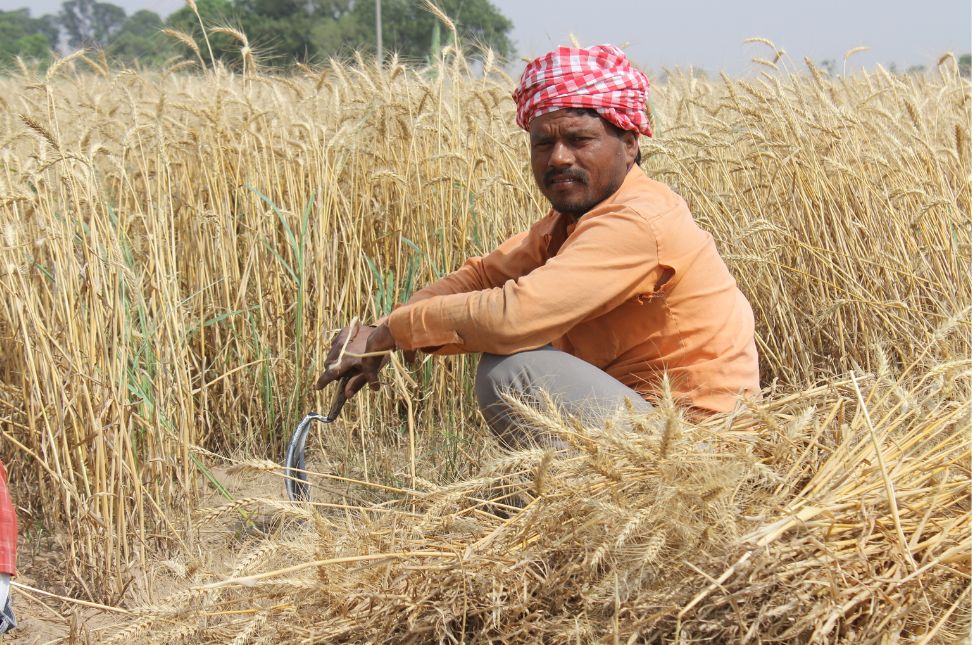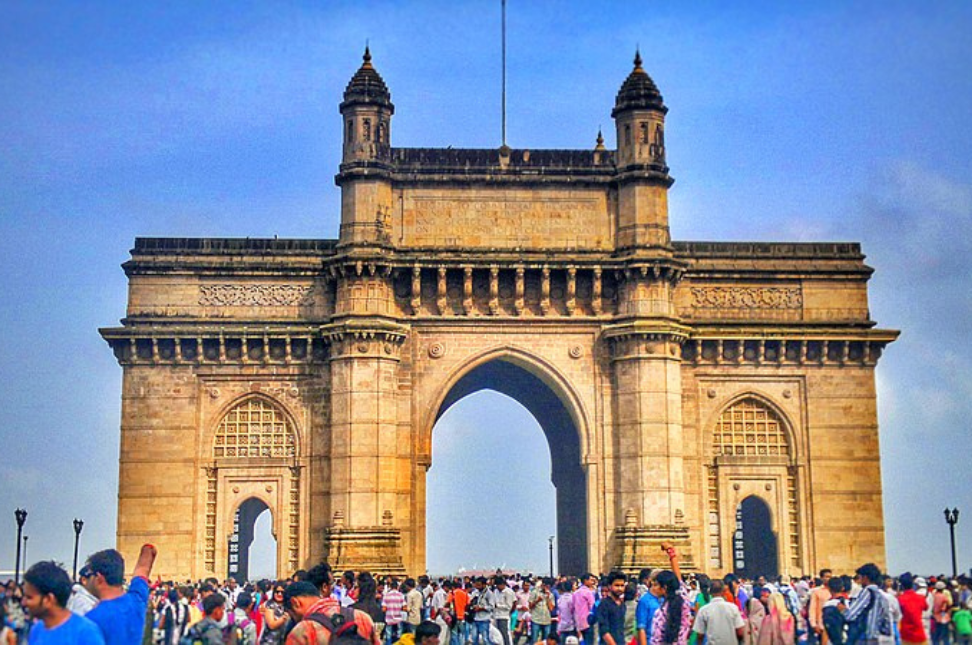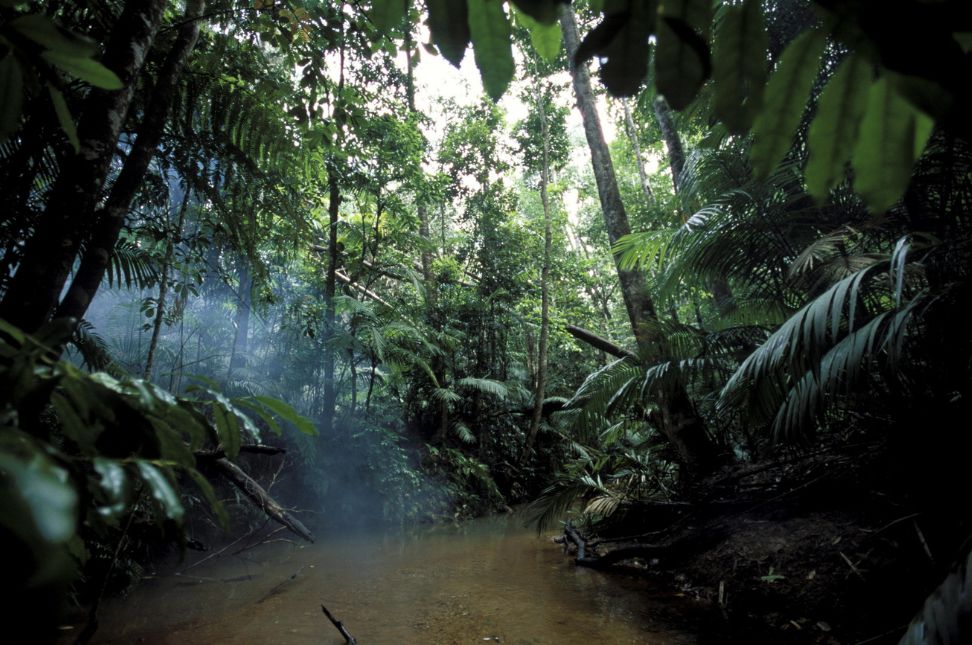Punjab, a state known for its vibrant culture and rich heritage, boasts a wide range of festivals that reflect its history, traditions, and religious diversity. From harvest celebrations to religious events, Punjab Cultural Festivals are a vital part of the state’s identity. These festivals not only attract locals but also draw tourists from all over the world, offering a glimpse into the colorful and energetic lifestyle of Punjabis. Celebrated with enthusiasm, music, dance, and feasts, these festivals represent the true essence of Punjab.
Baisakhi: The Harvest Festival
One of the most important Punjab Cultural Festivals, Baisakhi marks the beginning of the harvest season and is celebrated with great fervor across the state. Observed on April 13 or 14 every year, this festival holds dual significance. Agriculturally, it is the time when farmers rejoice at the ripening of their wheat crops, ready for harvest. Religiously, it commemorates the formation of the Khalsa by Guru Gobind Singh in 1699, making it a significant day for Sikhs.
On Baisakhi, Gurdwaras are beautifully decorated, and devotees visit to offer prayers. Processions are taken out, and traditional Bhangra and Gidda dances are performed to the beat of the dhol. Community feasts, or Langars, are arranged, showcasing the communal spirit that is deeply embedded in Punjab’s culture. Whether you are a part of the Sikh faith or a tourist exploring Punjab Cultural Festivals, Baisakhi offers an unforgettable experience.
Lohri: The Bonfire Festival
Lohri, celebrated on January 13, is another iconic event in the lineup of Punjab Cultural Festivals. This festival is primarily observed to mark the end of winter and the arrival of longer days, symbolizing the sun’s journey toward the Northern Hemisphere. It is especially significant for farmers, as it heralds the harvest season for crops like sugarcane.
The central feature of Lohri is the large bonfire, around which people gather to sing and dance. Traditional Punjabi songs are sung, and people throw popcorn, sesame seeds, and jaggery into the fire as offerings. This is followed by a feast, where traditional Punjabi delicacies such as Makki di Roti and Sarson da Saag are enjoyed. For newlyweds and newborns, Lohri holds additional importance as it is considered auspicious for beginning a new phase in life.
Gurpurab: A Sikh Religious Festival
Gurpurab is a significant religious event among the Punjab Cultural Festivals, dedicated to celebrating the birthdays of the Sikh Gurus. The most widely celebrated Gurpurabs are the birth anniversaries of Guru Nanak, the founder of Sikhism, and Guru Gobind Singh, the tenth Guru. On these occasions, Gurdwaras are illuminated, and prayers are offered in the form of Kirtans (devotional songs) and Kathas (spiritual discourses).
One of the highlights of Gurpurab is the Nagar Kirtan, a religious procession led by the Guru Granth Sahib (the holy scripture of Sikhism). The streets are lined with devotees singing hymns, and martial arts displays are performed by the Nihangs, the traditional Sikh warriors. The communal spirit is evident during Gurpurab, with Langars serving free meals to all, reflecting the Sikh tenets of equality and selfless service.
Teej: The Festival for Women
Teej is one of the Punjab Cultural Festivals that focuses on women. Celebrated during the monsoon season, it honors the union of Goddess Parvati and Lord Shiva. It is a time for married women to return to their parental homes, dress in vibrant clothes, and apply Mehendi (henna) on their hands. The festival is celebrated with singing, dancing, and swings hung from trees, symbolizing joy and prosperity.
In rural areas, Teej fairs are organized, where women can indulge in shopping, participate in traditional games, and enjoy folk music performances. Traditional sweets like Ghevar and Malpua are a must during this festival. Teej holds a special place in Punjabi culture as it brings women together to celebrate sisterhood and married life.
Maghi: Celebrating Martyrdom and Harvest
Another key event in Punjab Cultural Festivals is Maghi, celebrated on January 14. This festival is observed to honor the martyrdom of forty Sikh warriors who fought bravely for Guru Gobind Singh at the Battle of Muktsar in 1705. Known as the Forty Liberated Ones (Chali Mukte), their bravery is commemorated with special prayers and processions.
Maghi also marks the end of the winter solstice and the beginning of the agricultural season. While the religious aspect is observed with devotion, the agricultural significance is celebrated with fairs and community gatherings. The festival is characterized by its simplicity and focuses on remembrance and community spirit.
Hola Mohalla: The Sikh Martial Festival
Hola Mohalla is one of the most unique and thrilling Punjab Cultural Festivals. Held a day after the Hindu festival of Holi, it was established by Guru Gobind Singh as a way to demonstrate Sikh martial arts. During this three-day festival, the town of Anandpur Sahib comes alive with displays of Gatka (Sikh martial art), horse riding, and mock battles.
Unlike the playful colors of Holi, Hola Mohalla focuses on showcasing strength and bravery. The Nihangs, dressed in their traditional blue robes, perform daring feats that demonstrate their physical prowess and combat skills. However, the festival is not without joy and laughter, as poetry recitations, music, and communal feasts are also part of the celebrations.
Karva Chauth: A Festival for Married Women

Karva Chauth is another important festival in Punjab, especially for married women. Falling in October or November, women observe a day-long fast from sunrise to moonrise for the well-being and longevity of their husbands. In the evening, after sighting the moon, women break their fast by offering prayers and receiving blessings from their husbands.
Karva Chauth has grown in cultural significance over the years and is now widely celebrated not just in Punjab but across India. The preparation includes women adorning themselves in traditional clothes, applying Mehendi, and gathering with friends and family for a communal celebration. This festival is a beautiful expression of devotion, love, and the strong bonds of marriage.
Basant Panchami: The Festival of Spring
Basant Panchami, marking the arrival of spring, is another significant event in the list of Punjab Cultural Festivals. Celebrated in February, this festival is associated with Saraswati, the Hindu goddess of knowledge and wisdom. In Punjab, the festival is known for its kite-flying competitions, where the skies are filled with colorful kites. The yellow color is prominent during this time, symbolizing the mustard fields that bloom in the countryside.
In addition to kite flying, the day is marked by traditional music, dance, and vibrant processions. Basant Panchami brings the community together, and its joyous celebrations are reflective of the exuberant and lively nature of Punjabi culture.
Conclusion: The Heart of Punjab Cultural Festivals
The diversity and enthusiasm with which Punjab Cultural Festivals are celebrated make them truly special. Each festival reflects a different facet of Punjabi life, from its agricultural roots to its deep religious convictions. Whether you’re drawn by the martial displays of Hola Mohalla or the spiritual serenity of Gurpurab, Punjab’s festivals offer something for everyone.
Attending these festivals gives visitors an opportunity to immerse themselves in the culture, food, and vibrant spirit of Punjab. The unity, joy, and communal harmony experienced during Punjab Cultural Festivals create lifelong memories for anyone who witnesses them.




